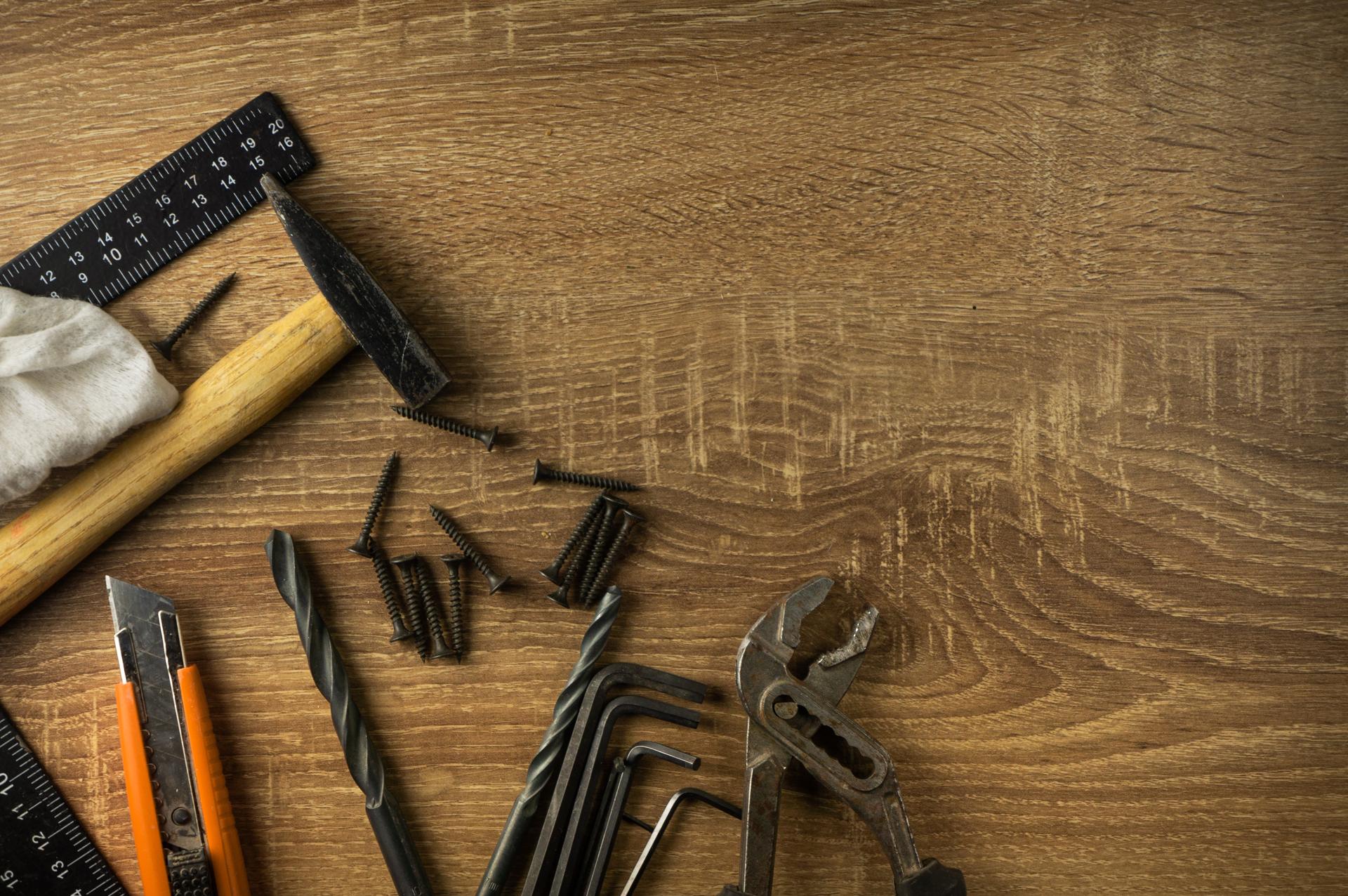Stop Spending Money on Plumbers! Do-it-yourself Address Your Home's Plumbing Issues

The plumbing system is an essential element of any household. If they’re not properly maintained, they can become a source of many problems, leading to inconvenience and costly repairs.
There are numerous advantages to learning to resolve minor plumbing issues yourself, including saving money as well as learning valuable knowledge. The following article we will cover common plumbing problems and the DIY methods to fix them.
Common Plumbing Problems
Dripping Faucets
Dripping faucets are not only irritating, they also consume a substantial quantity of water in the course of. The most frequent cause for the faucet to drip is a damaged washer or O-ring. To remedy this problem shut off water to your faucet. Then, remove the handle, and replace the worn-out O-ring or washer.
Running Toilets
A toilet that is running is another frequent plumbing problem that could cause water to be wasted. The most common reason is a malfunctioning flapper valve that’s not sealing properly, allowing water escape from the tank and into the bowl. To fix this issue switch off the water supply to the toilet, open the tank lid, and alter or replace the valve that seals it.
Clogged Drains
The cause of blocked drains is by a variety of factors, including soap, hair, or food particles. To fix this issue you could try using the plunger or drain snake to eliminate the clog. Alternatively, you can use a mixture of vinegar and baking soda to dissolve the clog.
Low Water Pressure
Low water pressure could be due to a variety of reasons, such as the buildup of minerals in pipes or a faulty pressure regulator. To resolve this issue, you can try cleaning the aerator and replacing the pressure regulator.
Tools Needed for DIY Plumbing
To perform DIY plumbing, you will need a few essential tools like the plunger, an adjustable wrench, pipe wrench, Teflon tape, and a screwdriver. With these tools in your arsenal, it will make it easier to repair minor plumbing problems.
Safety Tips for DIY Plumbing
Safety must always be the top priority when making any DIY plumbing repairs. A few safety tips to consider include shutting off the water supply before making any repairs, and wearing gloves and safety glasses, and keeping a first-aid kit on hand in the event of emergencies.
DIY Plumbing Techniques
For fixing common plumbing problems for common plumbing issues, you’ll need to master some DIY plumbing methods, such as how to turn off the water supply, how to fix a leaky faucet and how to fix a running toilet or unblock a drain, and how to boost the pressure of water. These techniques can save you time and money when it comes to minor plumbing repairs.
Conclusion
In conclusion, learning how to repair minor plumbing issues yourself can be beneficial in many ways. It’s not just a way to help you save costs, but you can also give you an appreciation for your efforts and valuable knowledge. But, for more substantial plumbing problems, it’s better to consult a professional plumber.
FAQ
Can I fix a plumbing problem myself?
Yes, you are able to fix minor plumbing issues yourself, by learning basic DIY plumbing techniques.
Which are the top frequent plumbing issues?
The most frequent plumbing issues are dripping taps and toilets that run, blocked drains, and low water pressure.
What tools do I require for DIY plumbing?
You will need a few important tools, such as an adjustable wrench, a plunger pipe wrench Teflon tape and a screwdriver.
Is DIY plumbing safe?
DIY plumbing is secure if you adhere to safety guidelines and take proper steps.
When should I call for a licensed plumber?
You should call a professional plumber for plumbing problems of a serious nature that require specialized equipment and experience.
